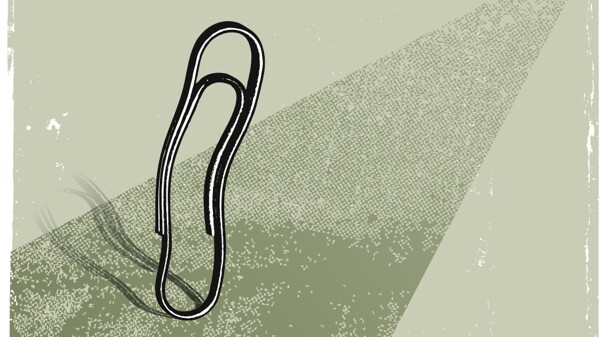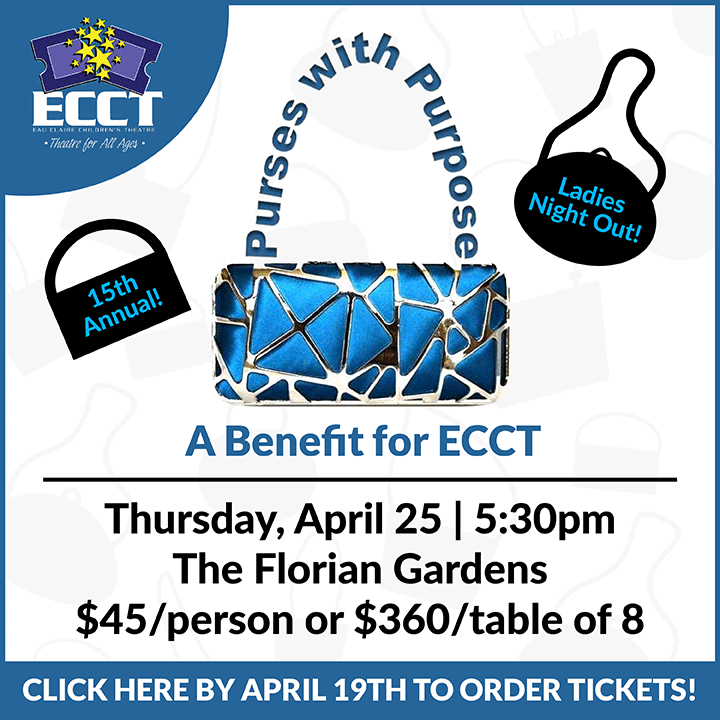The Paperclip Theory
tending to the emotions of the world around us

OK, let’s pretend that you’ve got a big ol’ box of paperclips. And let’s say there are approximately 300 paperclips in your big ol’ paperclip box. You pour them out onto an empty table. Why? Doesn’t matter.
Once you dump them out, all the paperclips stay in a nice big paperclip pile. Except one. One lone, little clip has tumbled and slid about two feet away from the rest. And there it sits, all by itself.
So. What do you do?
I believe most people would brush the lone paperclip back into the pile. But why? It’s not hurting anything or anyone to leave it out there on its own. And for the sake of this (riveting!) story, let’s say this table has no other use for the foreseeable future. So why move the paperclip? There are probably two basic reasons.
To this day, if I need to throw away a piece of scratch paper, I will often tear it in half so it can have a friend in the garbage can. How screwed up is that?
Basic Reason Number One states that modern American humans have a tendency to keep things orderly whenever possible. As long as there are no overwhelming physical or temporal constraints, and as long as we’re not overcome by debilitating lazyassness, we’d very much like it if all the paperclips were confined to one general zone, thank you very much. So let’s brush that clip back into the pile and breathe a huge sigh of relief.
Basic Reason Number Two states that the paperclip is lonely. That poor little clip is just sitting there, all sad and dejected while approximately 299 of its best paperclip buddies are whooping it up over yonder in the Paperclip Party Pile. It’s totally missing out on all the fun conversations and paperclip games, and even worse, it’s probably blaming you for its sudden plunge into a social black hole. Why would you do this? How can you be that guy? How easy it would be to simply scoop the paperclip up into your strong, heroic, thoughtful hands and deposit it back where it belongs amongst its beloved paper-clipping friends and family. Do it now before it’s too late! Now, I say, and breathe a huge sigh of relief.
It’s Reason Number Two that’s been on my mind lately. See, as far back as I can remember, I’ve always assigned personalities and emotions to the objects around me. And what’s more, I’ve always wanted to make sure that those objects are ... happy. I realize there are people in this world who do this kind of thing way more than I do, and some people do it to an extremely extreme degree. Why is this?
Scientists and psychologists and other people wearing their smarty pants call it “anthropomorphism” or “personification” or “actin’ nutters.” But I’m not talking about religious beliefs involving objects having souls, or literary metaphors, or the assigning of genders to nouns. I’m just talking about that little part of your brain that whispers, “Don’t worry, my wee paperclip friend. Big Mike will lead you to safety,” because you feel kind of bad for the little piece of twisted metal.
To this day, if I need to throw away a piece of scratch paper, I will often tear it in half so it can have a friend in the garbage can. How screwed up is that? Apparently, in my little world of emotional objects, a scrap of paper is capable of feeling sadness and longing for companionship, yet is impervious to the pain of being ripped completely in half (which is also its means of reproduction).
I’ve read stories of people who put their dishes away according to which ones get along with each other, separating the plates who dislike the cups. So, I’m not talking about cherished, sentimental objects, here. Just stuff. Why do we give it emotions?
I have no idea and I’m too close to deadline too lazy to google it. I’m sure it’s very interesting and offers a lot of insight into our own emotions, and I’m sure I harbor an unspoken fear of being alone which manifests through my insistence that everything from spoons to suitcases have buddies with which to hang. Maybe the more important question should be, “Is this healthy?”
Hell yes, it is. As long as you’re not paying more attention to the emotional wellbeing of your shoes than you are your family and friends, who cares? The world could use a lot more empathy, and empathizing with paperclips seems like fine practice for the living.
Kids need plenty of open-ended playtime because it’s good practice for the outside world – creating relationships between things and imagining where they might lead. But I think most adults need some of that practice, as well. (I know I do.) Empathizing is not like riding a bike – it’s easy to forget how it works. We get distracted, we get tired, we draw into ourselves. Remembering that emotions are happening all around us can keep you grounded in something very important – each other.
And we need to stick together. Like sheets of paper. Bound by a paperclip. BOOM!
Too much?




















